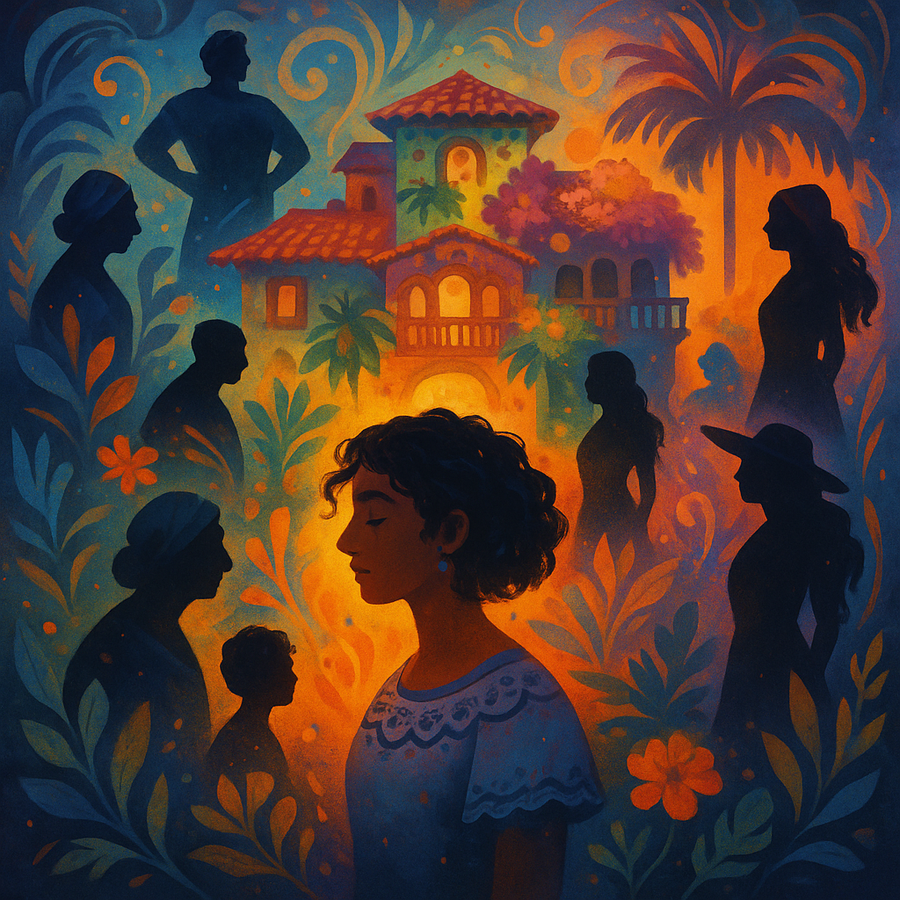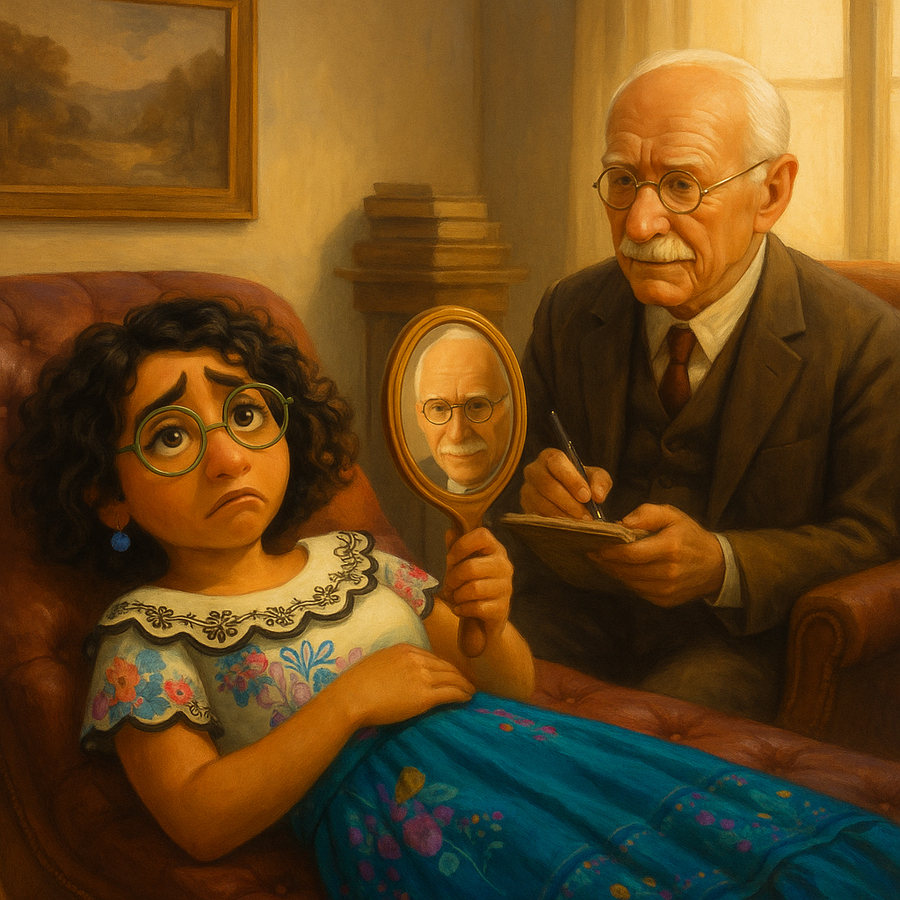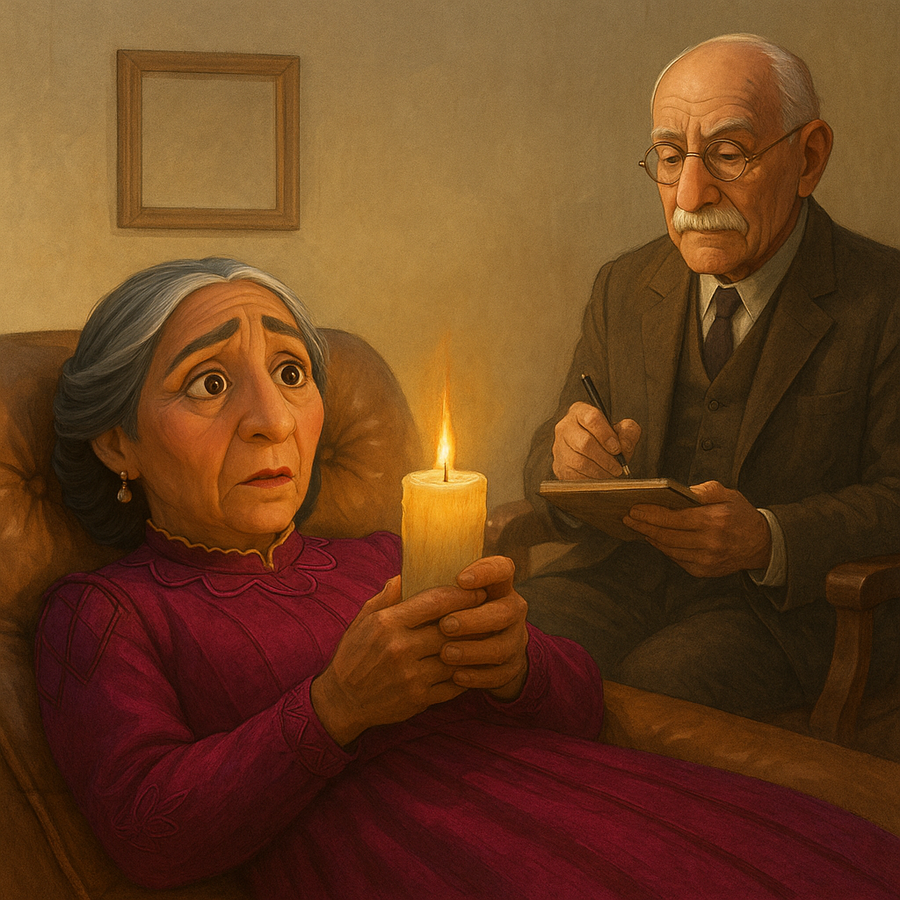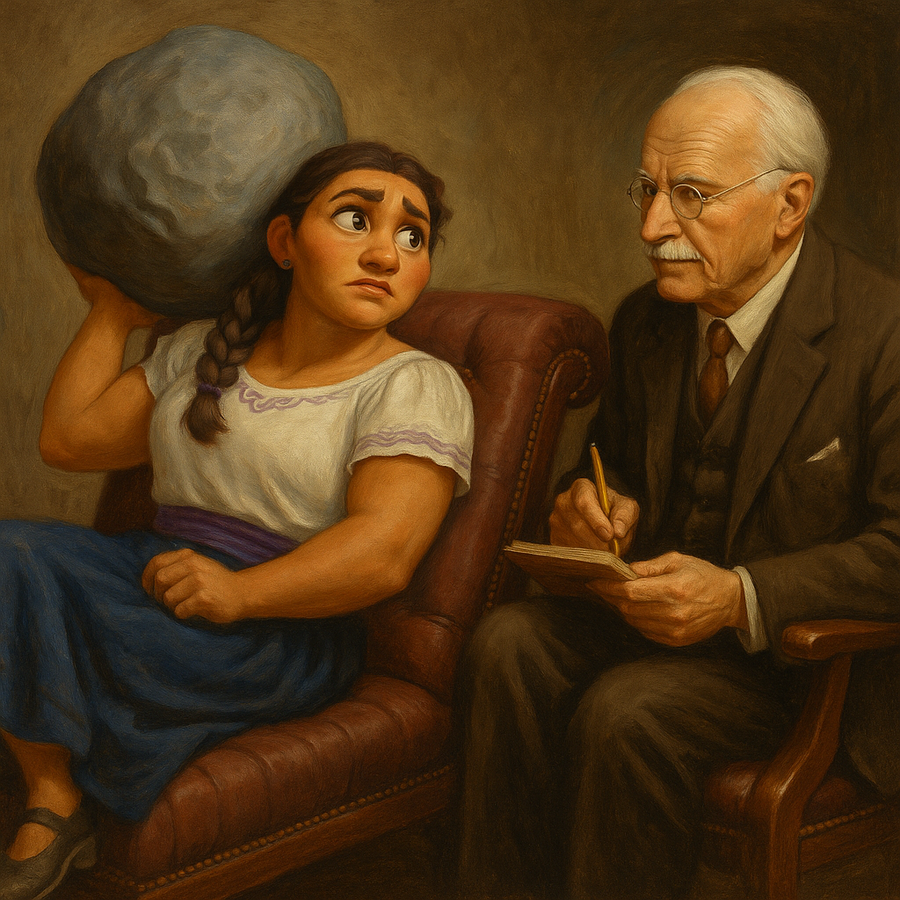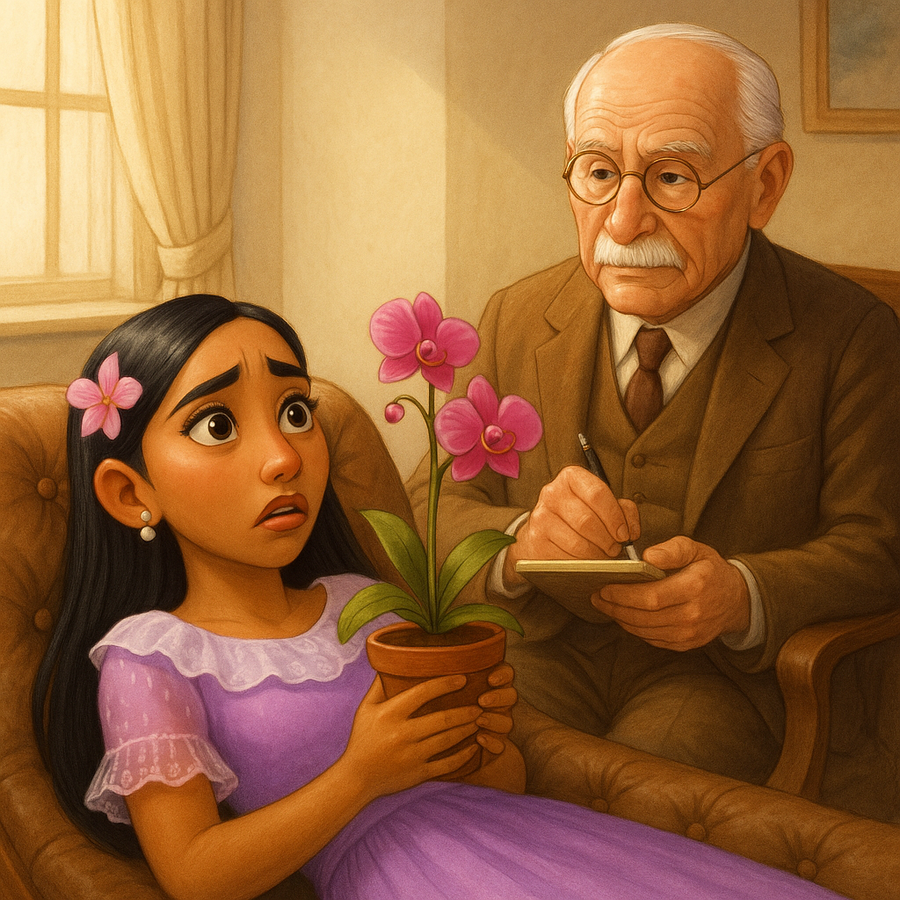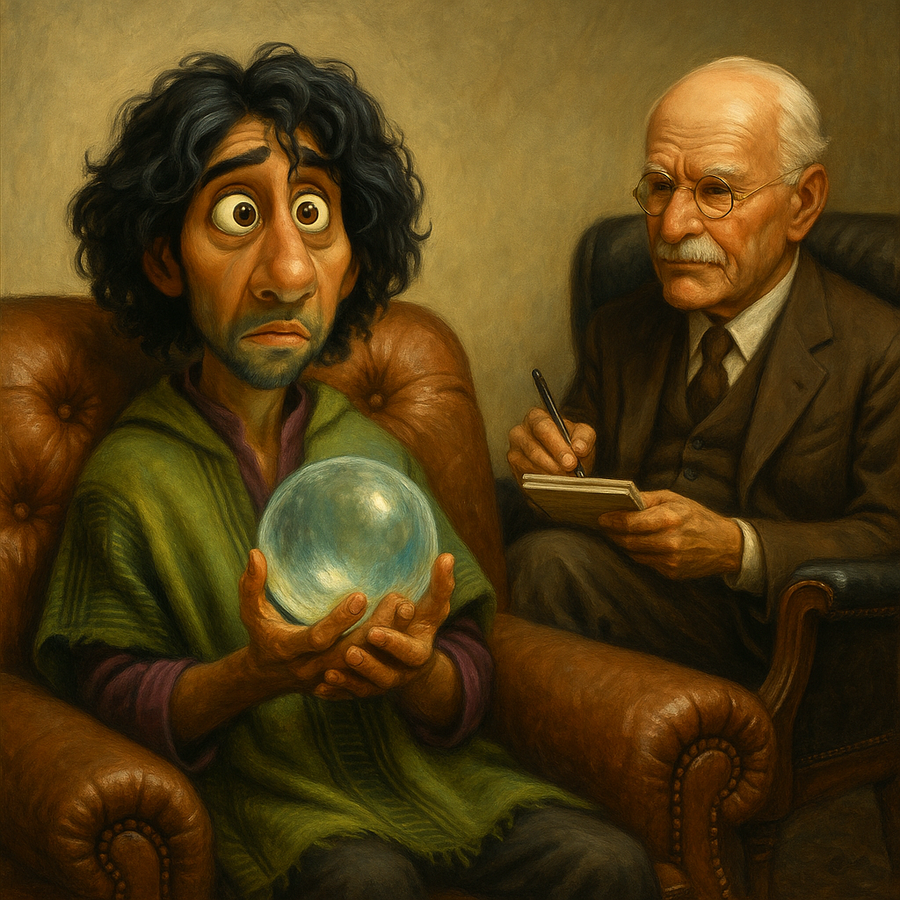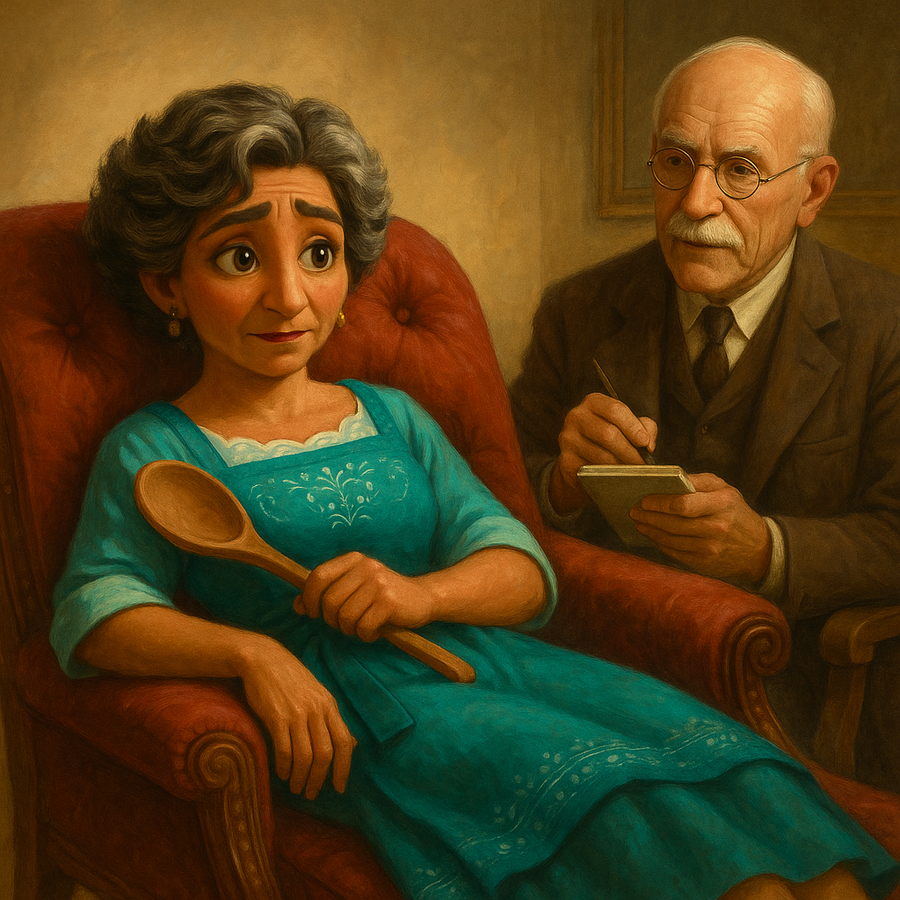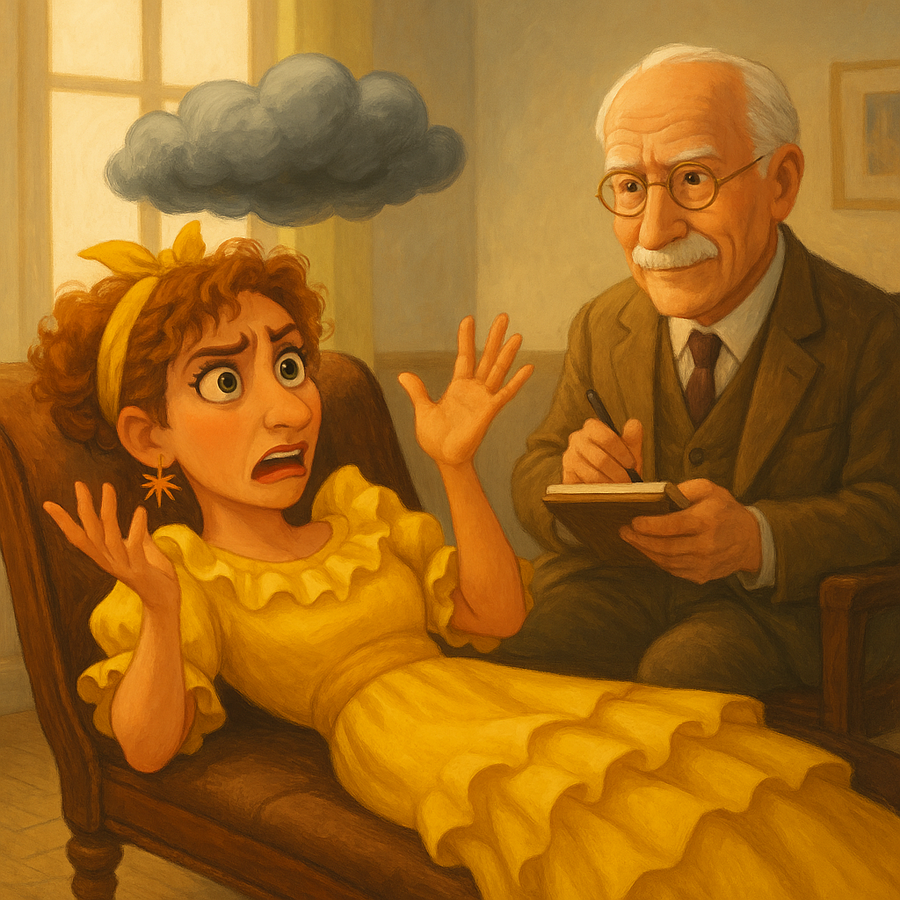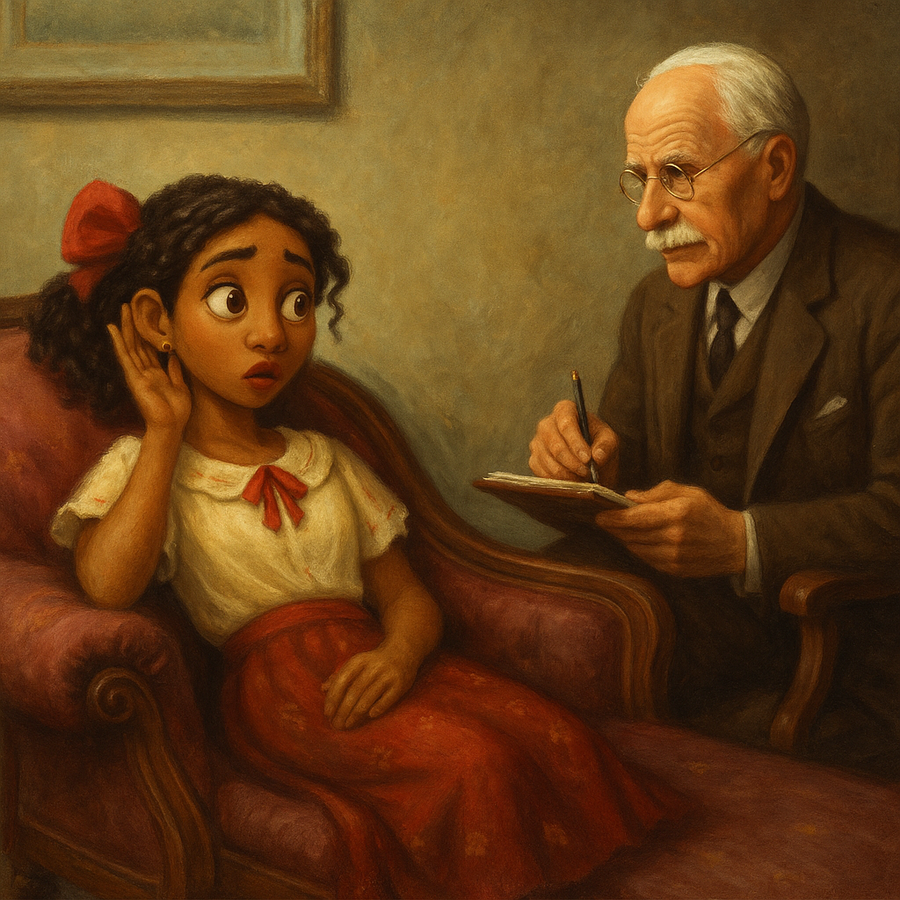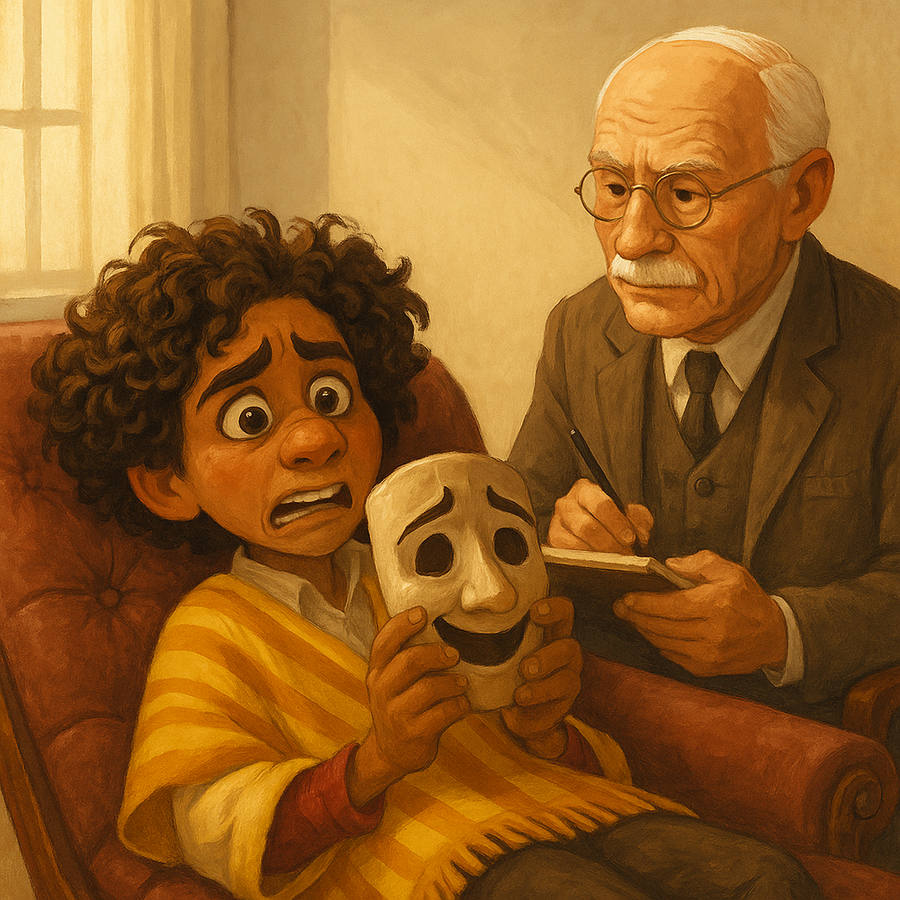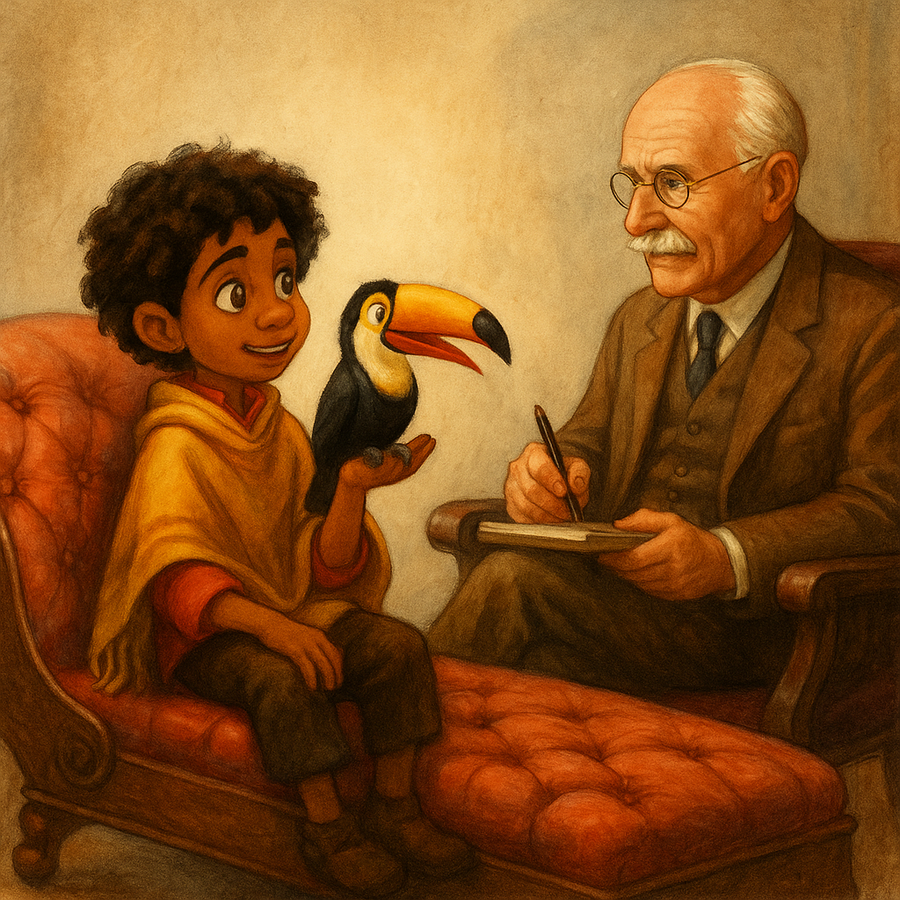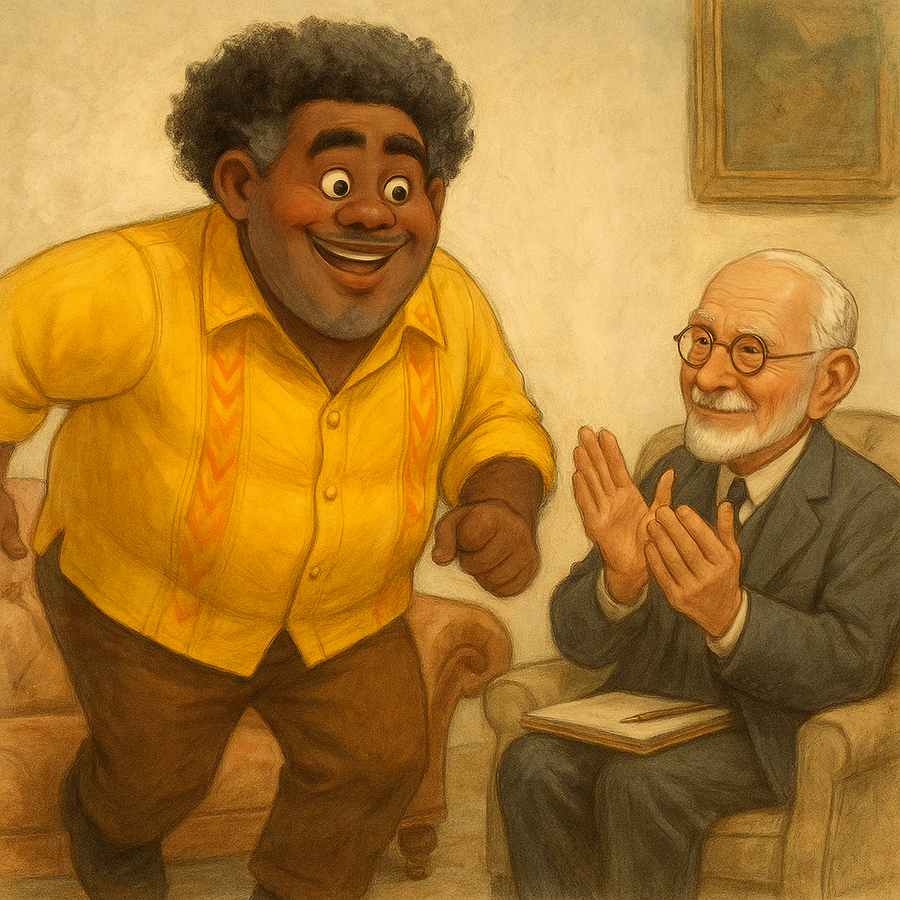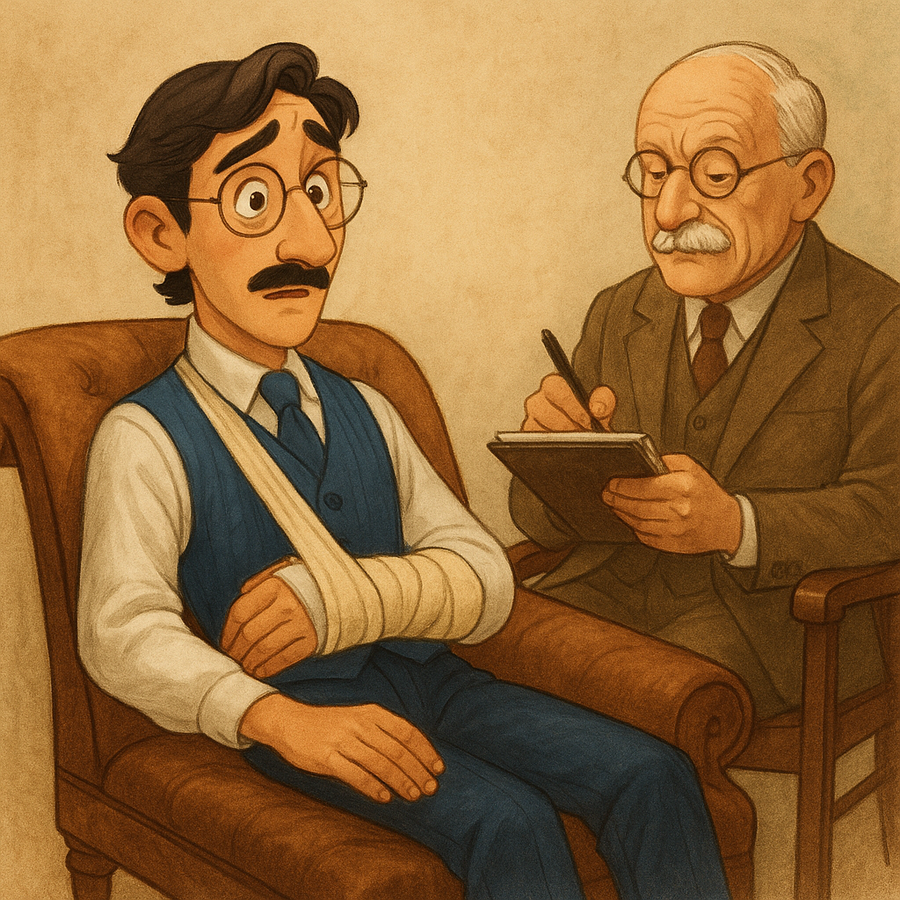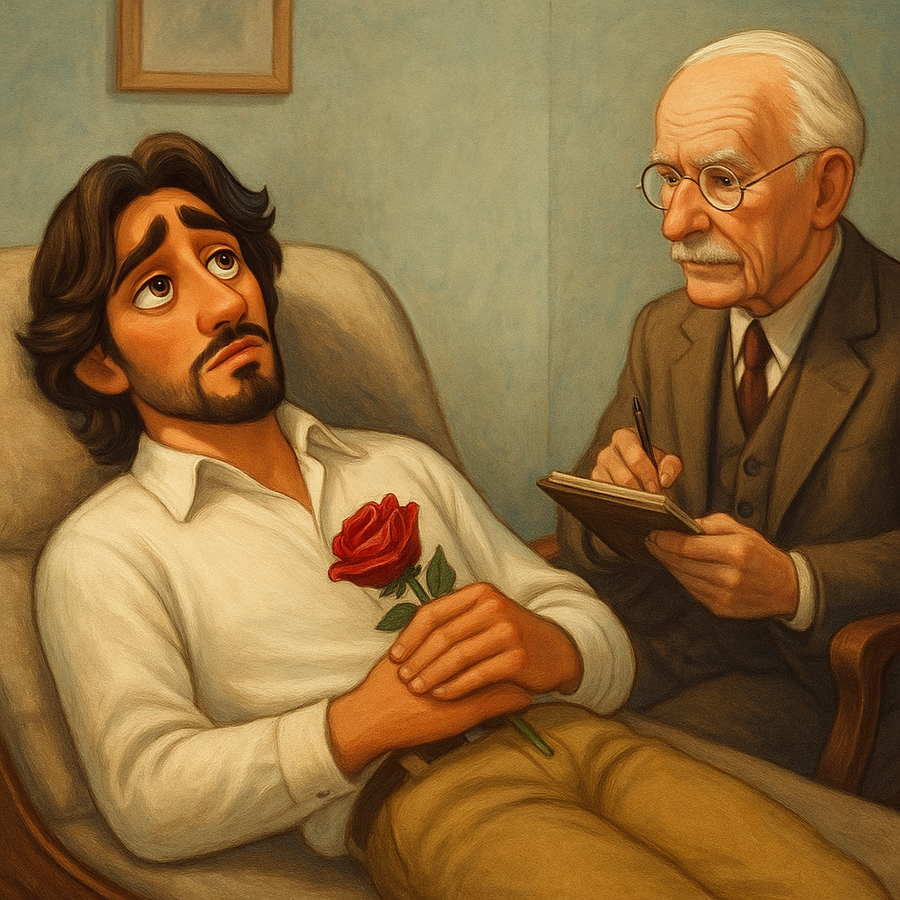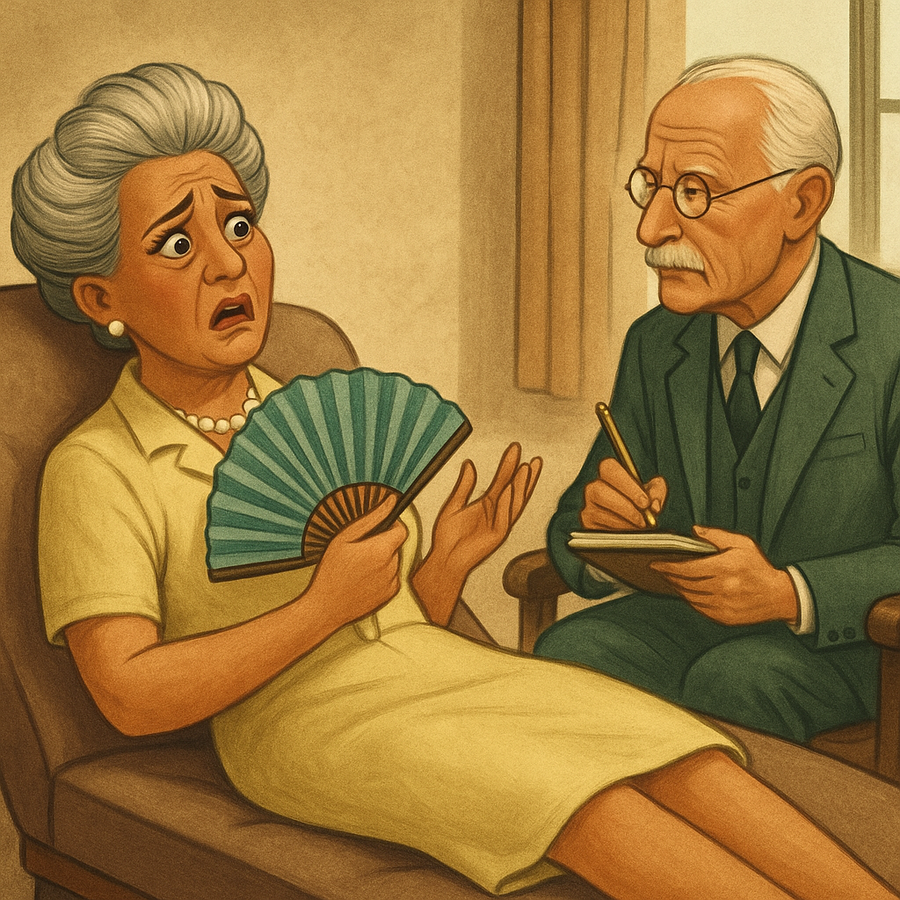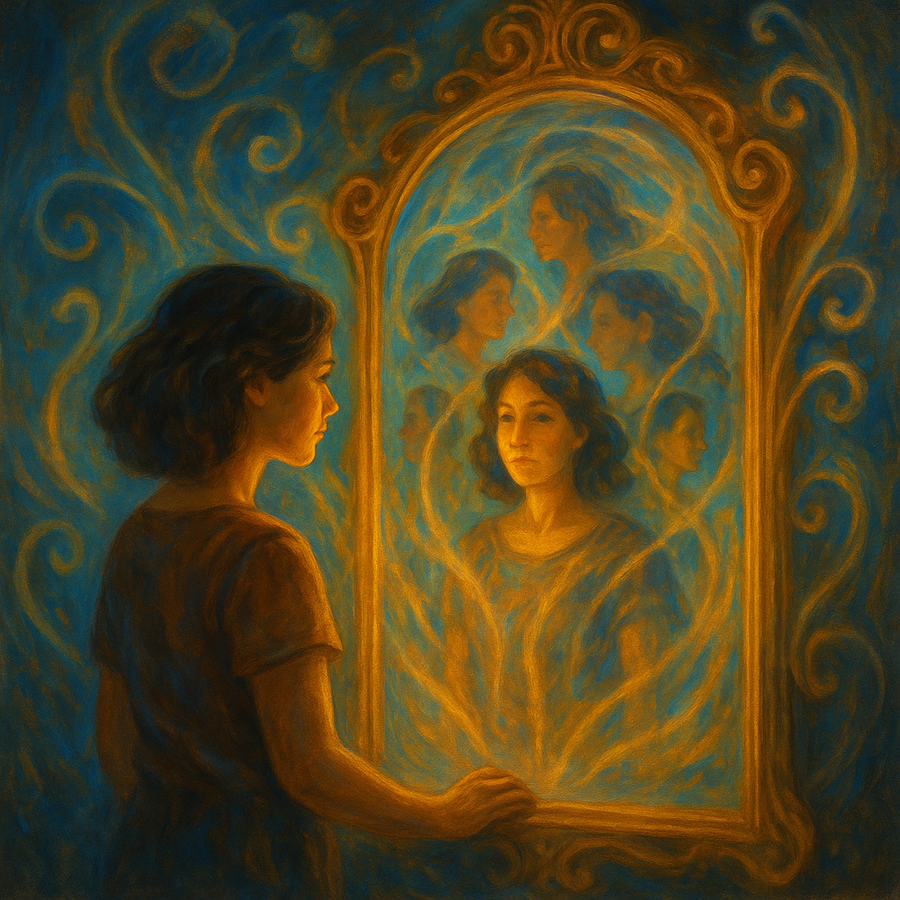We do not merely encounter individuals - we engage with enduring psychological patterns shaped by culture, developmental history, and inherited emotional strategies. What we casually refer to as 'personality' is often the outward expression of internalized roles, or archetypes, that operate beneath our conscious awareness. First described by C.G. Jung in 1919 and formally named in 1927, these configurations emerge in family dynamics, professional hierarchies, social rituals, and personal identity. They manifest as power relations, affective defaults, and behavioral compulsions, often guiding our choices and relationships in ways that resist straightforward explanation. These archetypal imprints frequently originate deeper than conventional psychology acknowledges - rooted in collective narratives, epigenetic inheritance, and the subtle transactions of early attachment.
In this article, we’ll explore common archetypes through characters we all know from pop culture - starting with Disney’s Encanto, where each character embodies a key role we often see in ourselves and those around us. We’ll examine how each character breaks free from their inherited archetype - becoming something more whole, more human, and more consciously chosen. In addition to the original 100-year-old archetype model by C.G. Jung, we will also look into the most relevant contemporary research into archetypes, including the 7 Inner Child Archetypes, family systems theory, and trauma-informed models of behavior and how they all map across the different frameworks.
